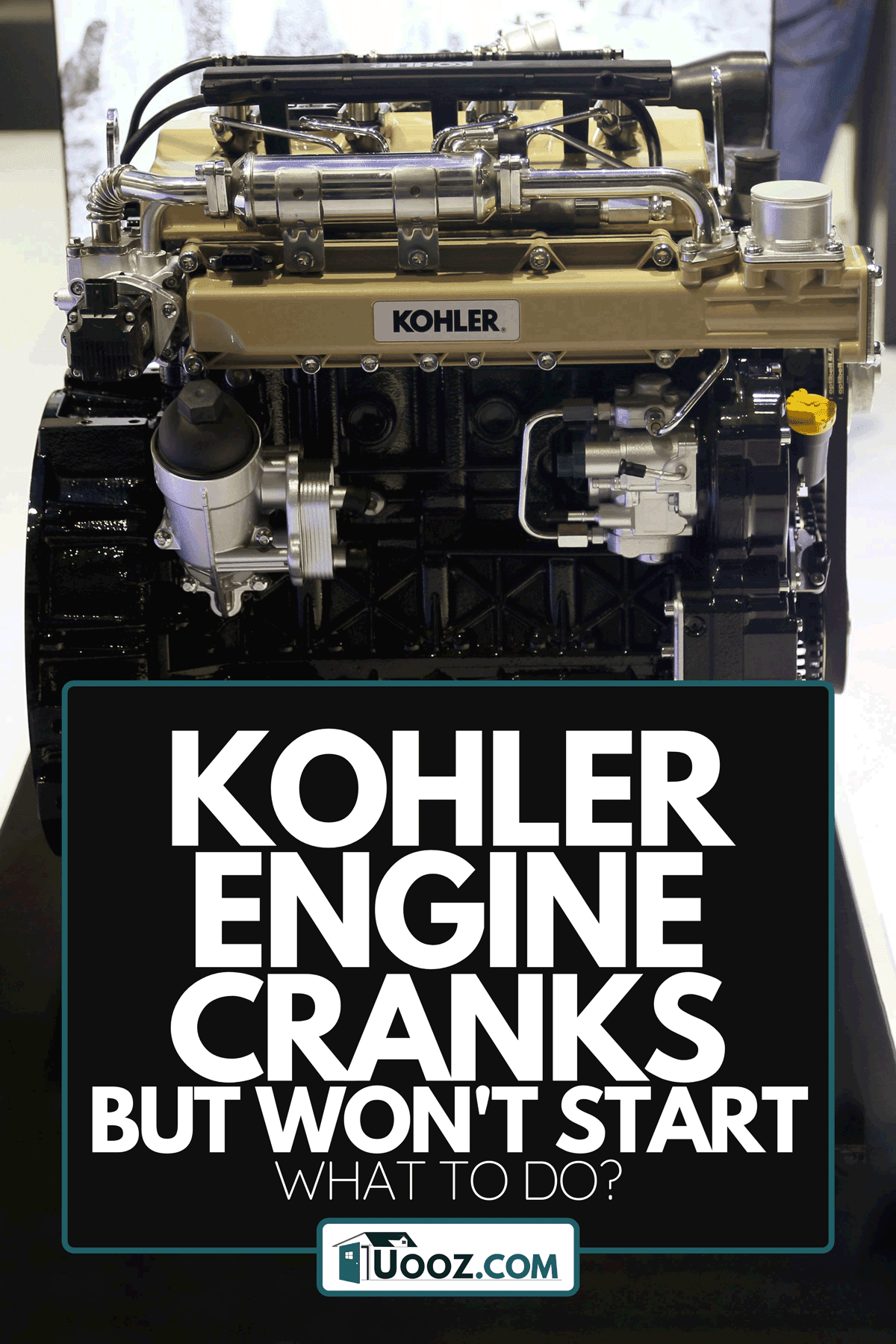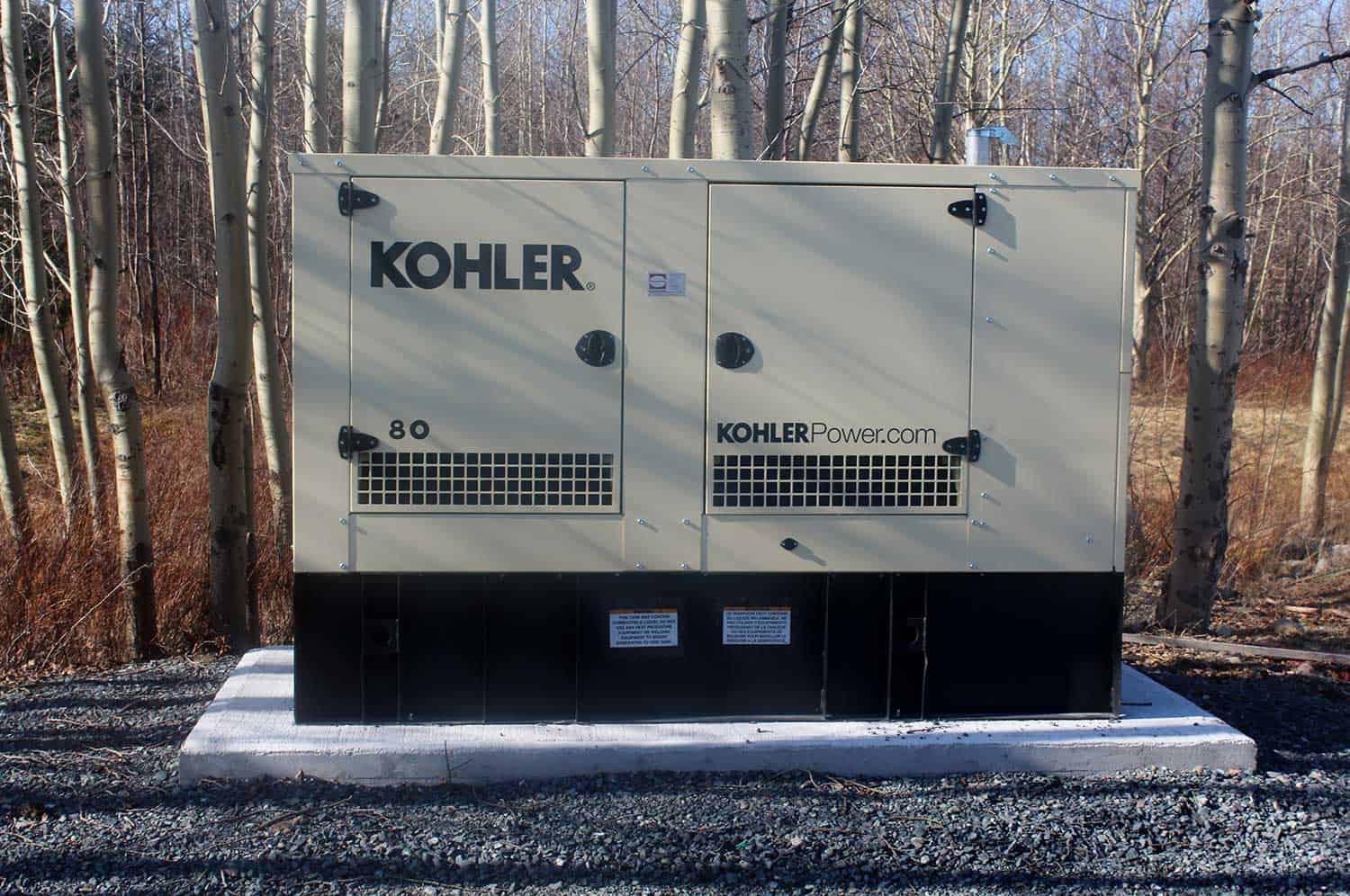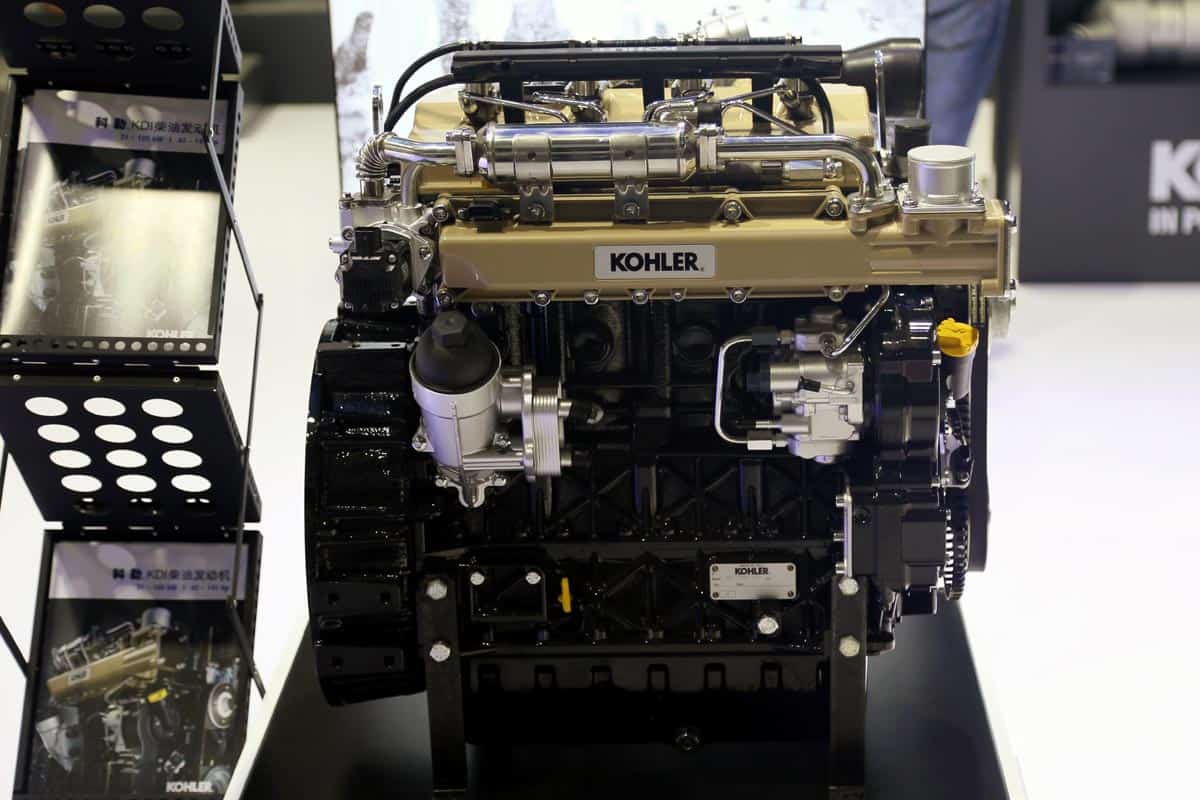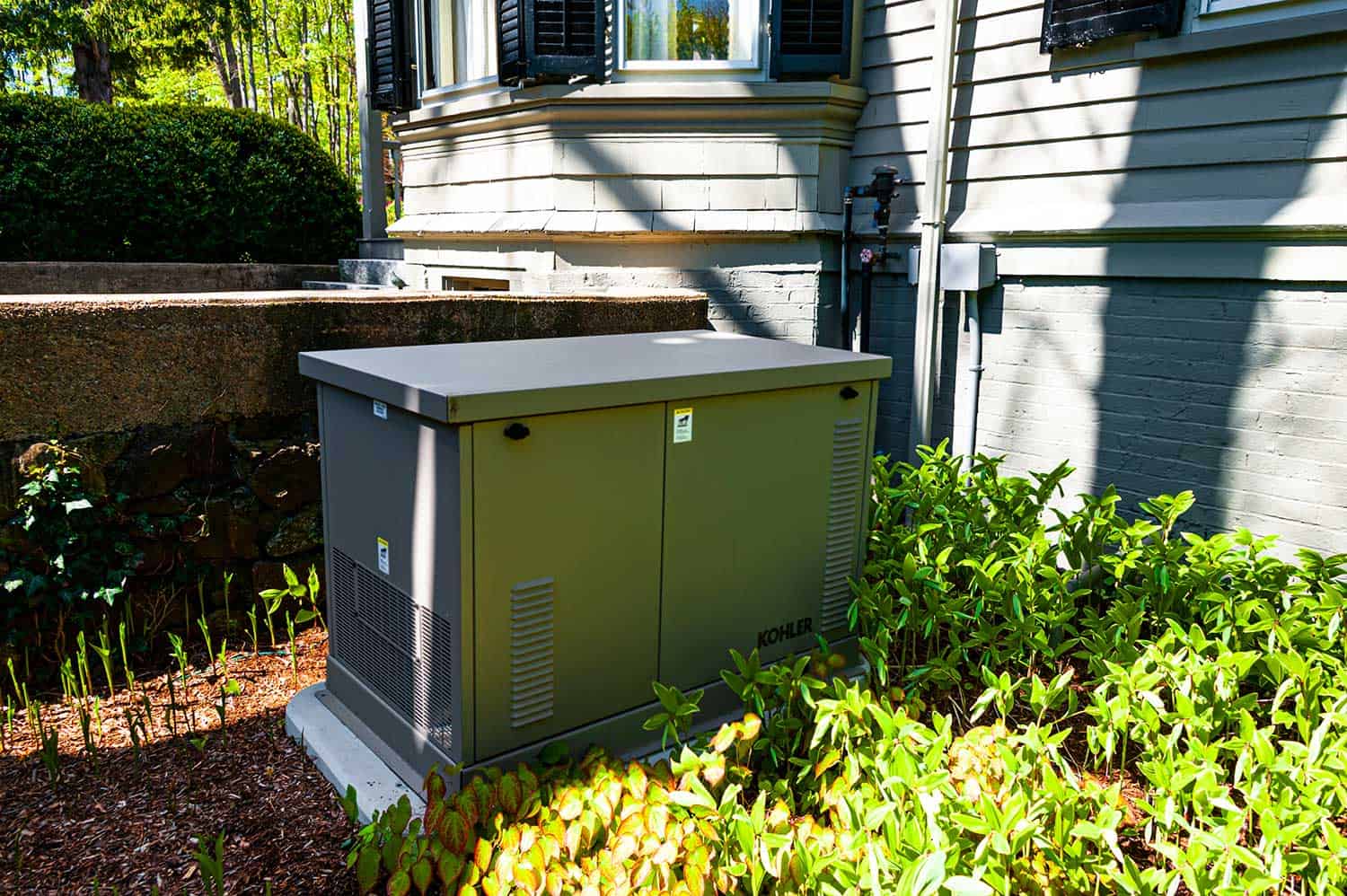Kohler is one of the most identifiable brands when it comes to small engines for generators and lawnmowers ranging from commercial to industrial use. Their engines are particularly known for lawn care products. In this article, we have researched and asked the experts what you should do if your Kohler engine cranks but won't continue to start.
There are multiple things you can do when encountering this problem. You can check for burnt spark plugs, clogged carburetors, malfunctioning ignition switch, or your gas solenoid --all can contribute to your engine just cranking and not starting. While sometimes, it is just as basic as not having enough fuel level.
Continue reading below as we discuss how to check the above-mentioned parts and other mechanisms of your Kohler. We will also be giving you some tips in maintenance to avoid problems with your Kohler engines.

What would cause a Kohler engine not to start?
Some reasons for your Kohler engine to malfunction are due to wear and tear of its parts. Here are some common parts where you can start your troubleshooting as they are the common culprits that hinder your engine from starting.

Spark plugs
A spark plug creates a timed spark that ignites the ignition process of an engine. Due to it causing sparks, spark plugs often burn out, so check if one of your plugs is burnt.
A cracked porcelain insulator can cause electrodes to be damaged or burned away; this causes heavy carbon build-up that causes that burnt appearance. The best way to fix this is to replace the burned spark plugs.
A spark plug meter can also help determine if it is faulty. You should see a strong spark between the tester’s terminals when the engine is cranking. Weak or no spark at all means that you should change it already.
Clogged carburetor
The carburetor's job is to send the engine a mixture of fuel and air to make it run. Carburetors clogging is very common, especially on small engines because they are usually stored for long periods, which can contaminate the fuel.
The evaporation of some fuel components causes contamination as it leaves behind a thicker, stickier substance. When you finally start your engine, these substances go through your carburetor and stay there.
You can clean the carburetor to unclog it; in some worse cases, you might need to replace or rebuild it if the damage is already significant. One possible fix for this is by adding a fuel stabilizer to your engine.
This helps with preventing your fuel from evaporating. This is perfect if you plan on storing your engine for a long time or if you are using it less frequently.
Ignition coil
The ignition coil's job is to create the high voltage required to produce a spark for the spark plug that will ignite combustion for ignition. A broken ignition coil can make you suspect that your spark plug is broken. So it is best to check this too.
Gas solenoid
A gas solenoid controls the flow of a gas through a machine by using electrical impulses. When your solenoid is malfunctioning, your engine only cranks but won't start because of a lack of electric impulse.
You can check some of the wires connected to your gas solenoid, as some can just be loose and need to be plugged in correctly.
No fuel
This might be very obvious, but it is a common mistake because of the absence of a fuel gauge on lawnmowers and small generators. So it is good to periodically check if there is enough fuel on the tank. And as much as possible, avoid emptying your fuel tank all the time as this can cause damage to your engine.
Why does my engine crank?
Cranking is normal for your engine; this is the process of turning the engine over. Cranking sends electricity to the starter motor, which signals the crankshaft to start turning.
Here is a similar article that discusses small engines not starting: "Honda Lawn Mower Won’t Start – Potential Causes & Maintenance Tips."
How do you test a Kohler engine starter?

To test your engine starter, check the charge level of your generator or mower battery. You can do this by using a voltmeter. A reading of fewer than 12.5 volts means that you need to charge your battery as a low-charged battery cannot start your engine.
Check electrical connections in your solenoid and battery to see if any wires need replacing or patching together. As we mentioned above, improperly plugged wire connections lead to little power transfer all over the engine.
You can also check the socket of the plugs if some of them are already loose. You can remedy this by replacing it.
How do I know if my Kohler fuel pump is bad?
This method of checking fuel pumps applies to all types of engines, whether small or big, as they are both engineered and governed by the same principles. So this guide can be helpful not just in checking your generators or lawnmowers, but also for your cars. Here are some telltale signs that your fuel pump is bad.
Fuel tank noise
Listen for whining sounds on your fuel tank, as this can be an early indication that there is something wrong with it. Your pump makes a low humming sound which is normal, but if that hum turns to a loud whining sound, it is time to have it checked. This can also persist if because of low fuel.
Difficult starts
A defective pump can struggle to supply the needed fuel for ignition, which causes your engine those hard starts. But this is always not the case. If you are starting it from a cold start, it might take time for your engine to start up, but if this persists more common than not, then this is one sign that your fuel pump is broken.
Power surging and complete power loss
You may experience power loss when running your engine. While you mow your lawn, you may feel that the engine is powering down as if shutting down. Surging is when your engine gives short amounts of bursts of power that are usually above what it gives and then returns to normal. Look out for these symptoms.
Fuel consumption
If your usual fuel consumption has become less efficient, this can be caused by a defective fuel pump pumping too much gasoline to the engine.
Dead engine
And finally, if your fuel pump decides to start working at all, your result is a dead engine as it fails to deliver any amount of gasoline for the engine to run on.
Kohler engine maintenance

Having your Kohler engine regularly maintained is very important as it helps make the engine run smoothly. Clean fluids prevent contamination and clogging. Some Kohler engine series like the XTX series don't need any oil change. You still need to top them off.
Preventive maintenance such as regularly checking your engine and fixing any noticed problems will help stop the spread to other components. Proper storage of your engine and protection from the elements is also very important to offset weathering and corrosion.
And finally, if you don't know how to fix an engine problem, then you should call a professional. If your engine is still under warranty, use it to avoid any more repairs as you may cause more damage than repairs.
And finally, you might want to consider buying a new Kohler engine, especially if it has already run its course. Kohler engines are usually rated 2,000 to 3,000 hours of usage. If you have already surpassed that, it would be common for your engine to have plenty of problems already.
Here is another article that we previously wrote about a similar type of engine not starting titled "Briggs And Stratton Lawn Mower Won’t Start – What To Do?"
In summary
We have discussed that there are multiple ways to check why your engine only cranks and does not start over. Some troubleshooting is as easy as just refilling your fuel pump with gasoline and changing a spark plug, while others might need you to replace an entire carburetor.
The key is proper diagnosis of the problem, and if you are not sure, you can always call for professional mechanics to diagnose it for you.
